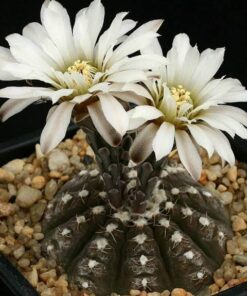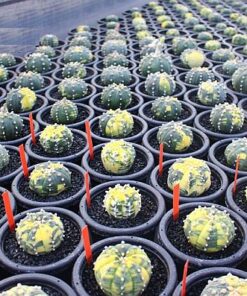Ariocarpus Agavoides pack of 5 seeds
₹250.00
Out of stock
Email when stock available
Ariocarpus Agavoides Scientific name:
Ariocarpus agavoides (Castenada) Anderson, (1962) Amer. J. Bot. 49: 615
Occasionally misspelled agavioides.
Original pubblication:
Neogomesia agavoides Castaneda, (1941) Cact. Succ. Jour. 13: 98
Ariocarpus Agavoides Heterotypic synonyms:
Ariocarpus kotschoubeyanus ssp. agavoides
Origin: Mexico, The type locality of A. agavoides is sited around the town of Tula, Tamaulipas. Two new colonies have been found recently in San Luis Potosi, disjunct from the original site (A. agavoides var. sanluisensis).
Habitat: Grows on rocky limestone hills, and alluvial plains at about 1200 m, rainy season is summer. The wild populations have been threatened and nearly extinct by many factors including over-collecting, agriculture, building work, livestock, and erosion.
Cultivation: Grows in alluvial plain that becomes muddy in summer, so likes quite a lot of water then… but very prone to rot other times of the year, give moderate water in spring and autumn, no water in winter. Cultivate it in a well drained, non-organic, free-draining soil compost. The use of a weak low-nitrogen fertilizer during the growing season can encourage growth. The main threat to its development is root rot.
The Ariocarpus should be kept dry whenever there is a threat of cold. The appearance of Ariocarpus can benefit greatly by watering the plants from the bottom. This practice will help to keep the “wool” on the top of the plant from becoming matted or discoloured. Need half shadel to Full sunf. Frost Tolerance: Hardy to -10° C
Be the first to review “Ariocarpus Agavoides pack of 5 seeds” Cancel reply
You must be logged in to post a review.
Related products
cactus and succulent seeds
cactus and succulent seeds
cactus and succulent seeds












Reviews
There are no reviews yet.